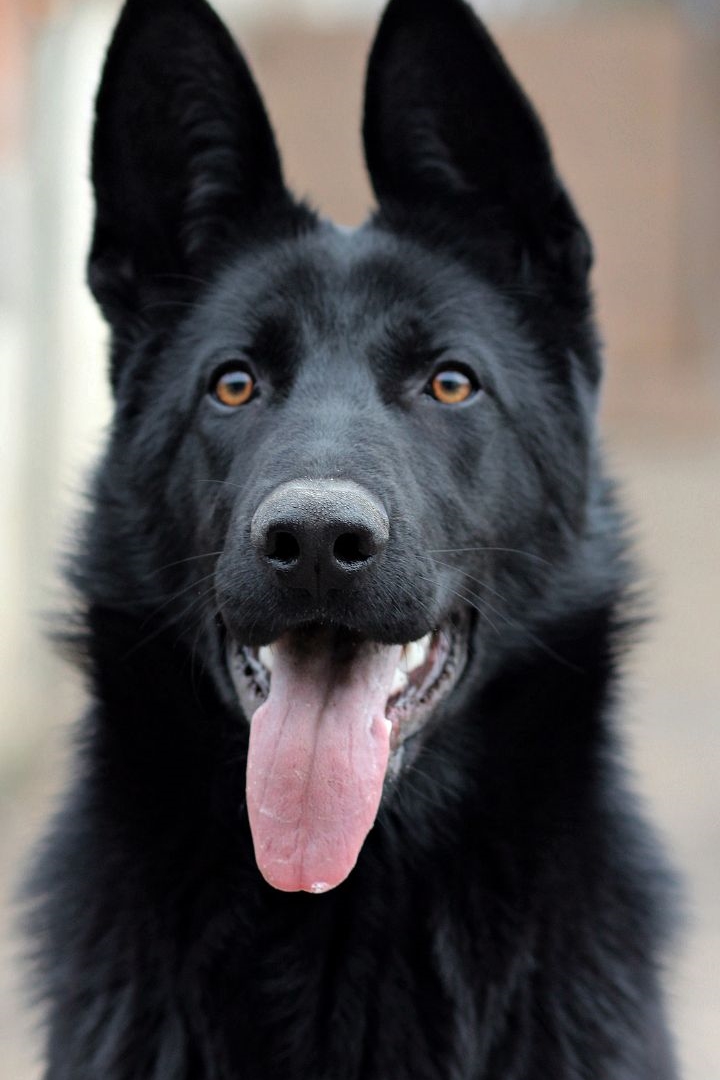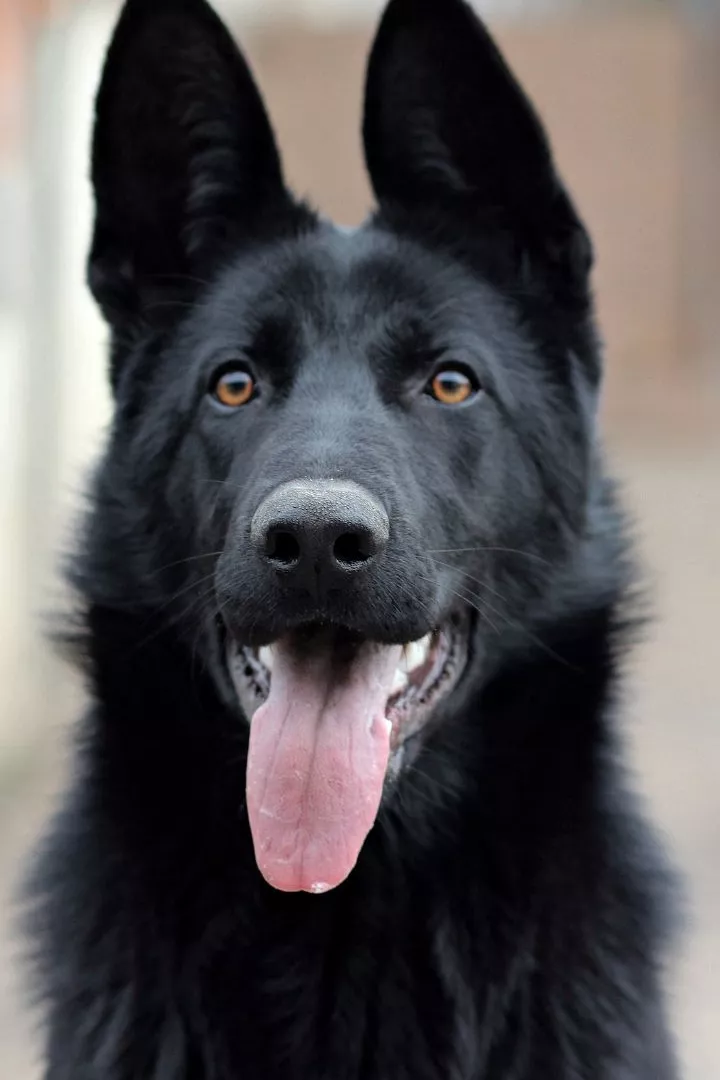

Understanding your dog's body language
It is time you learn to decipher the body language of your furry friend.


The Importance of Understanding Dog Body Language
Knowing your dog’s body language helps strengthen your relationship and avoid miscommunication.


2. Wagging Tail: Not Always a Sign of Happiness
Tail wagging can indicate various emotions, from joy to nervousness.


3. Ears: Indicators of Attention and Mood
A dog’s ear position reveals its emotional state and focus.
4. Eye Contact and Expressions
Your dog’s eyes can show confidence, stress, or affection.
5. Posture and Stance
Your dog’s posture can convey confidence, fear, or playfulness.
6. Vocalizations: Beyond Barking
Dogs use various sounds to communicate their feelings.
7. Tail Between the Legs: A Sign of Fear
A tucked tail often indicates fear or submission.
8. Licking: A Multi-Purpose Behavior
Licking can indicate affection, stress, or appeasement.
9. Yawning and Panting: Stress or Relaxation?
Yawning and panting can signal both relaxation and anxiety.
10. Tail Position: A Clear Indicator of Mood
The tail’s position reveals a dog’s emotional state.
Check out the other stories
Check out the other stories from The Happy Puppers
The blog
Check out The Happy Puppers blog
Dogs rely on non-verbal communication to express their emotions, intentions, and needs. By observing their posture, facial expressions, and movements, you can identify whether they feel happy, stressed, playful, or scared. This understanding fosters trust and ensures their safety and comfort.
While a wagging tail often signals excitement, the speed, height, and movement pattern of the wag tell a deeper story. For example, a low, stiff wag may indicate anxiety, while a relaxed, wide wag often means happiness.
Upright ears suggest alertness or curiosity, while flattened ears could indicate fear or submission. Observing ear movements in context with other body cues is crucial for accurate interpretation.
A direct gaze may signify trust or confidence, but prolonged eye contact can be a sign of aggression or dominance. Conversely, averted eyes often suggest discomfort or submission.
A relaxed body indicates calmness, while a rigid stance may signal tension or aggression. The classic play bow, with the front legs stretched out, shows your dog is inviting you to interact.
Barking, whining, growling, and howling each have distinct meanings. For instance, growling could indicate discomfort or warning, while whining may signal stress or a need for attention.
When a dog tucks its tail between its legs, it’s a clear signal of anxiety, fear, or submission. Pair this behavior with other cues like crouched posture or avoiding eye contact to understand their feelings.
Dogs lick as a way to show affection, but excessive licking could mean they’re anxious or trying to appease someone. It’s essential to consider the context and frequency of this behavior.
A relaxed yawn often occurs when a dog is content, but repeated yawning in stressful situations could indicate nervousness. Similarly, excessive panting outside of physical exertion might mean your dog is overwhelmed.
A high tail suggests confidence or alertness, while a low tail often points to fear or submission. A neutral, wagging tail is a sign of relaxation and comfort, showing your dog feels safe and happy.